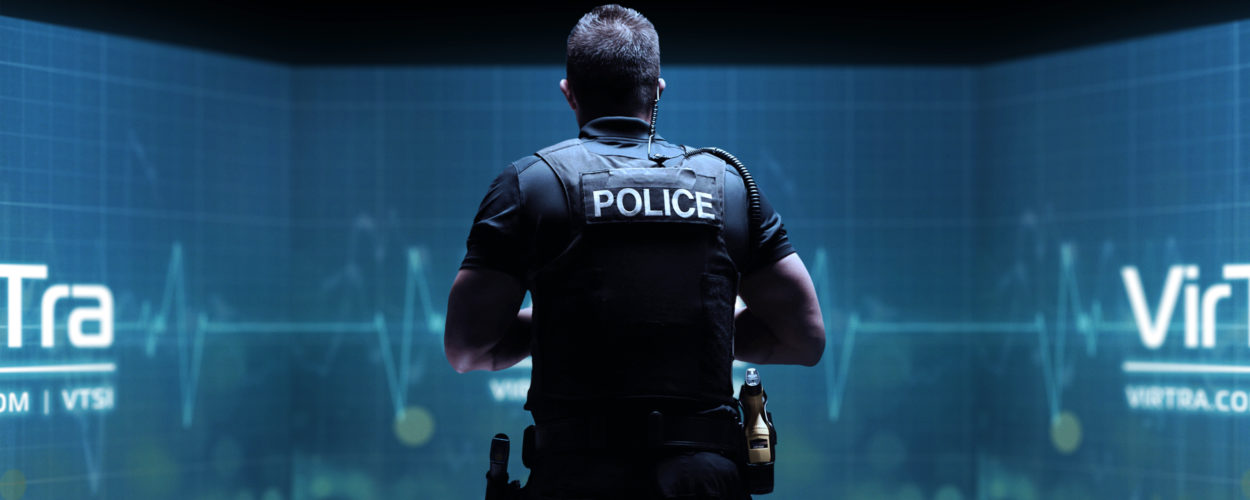
How a person learns evolves over time, yet simultaneously stays the same. Learning is also complicated, yet one of the simplest concepts to understand. And though learning is both easy and difficult, it is up to instructors to understand its nuances and create the best learning environment for their trainees.
In creating the best learning environment, instructors can rely on the social learning theory described by Albert Bandura. It describes how people learn socially through observing, modeling, then imitating the behavior and reactions of those around us. Or simply: monkey see, monkey do. It can also be from the perspective, “Don’t do what that monkey did!”
For a moment, think of a child. How do they learn how to act, move, communicate, the ‘rights’ and ‘wrongs,’ and the rules of life? It is all learned through observation. Children follow their models, which often begins with parents and siblings and later branches out to friends, teachers, book and TV characters and so forth. After observation comes action, where children mimic the learned behaviors. Depending on if the behavior is met with a punishment or a reward, the behavior is then reinforced or discarded.
As children grow up, so does their form of learning. Now, observational learning comes with an extra step: thought before action. This new consideration helps people to improve themselves, as they think through possible outcomes rather than immediately imitating a presented behavior. After determining and performing the best course of action, they then become a model for others—bringing the social learning theory full circle.
While officers are full-grown adults, and not the children in this example, social learning theory still applies to training. Starting at the beginning, the V-VICTA™ curriculum my team and I create heavily promotes observation. It is recommended to have one officer complete a skill drill or training scenario with the rest of the class watching using a rubric for evaluation. Depending on how the first officer performed, those watching know which actions are important, which actions to mimic, which to avoid and overall, how to create a better outcome. While the first few officers may stumble and err, the remaining officers improve techniques and together everyone learns. This allows for larger numbers of officers to obtain high quality training with great time management.
Throughout this training, instructors act as the ‘parents’ or the ‘prime’, so to speak. It is the instructor’s job to reward positive actions or ‘punish’ potentially dangerous actions—either praising the behavior, describing the error in debrief or immediately providing a real-life consequence, such as an electric shock delivered by a Threat-Fire® device. Training after this manner helps reinforce correct training and make these lessons second-nature once officers are in the field.
Learning can be either complicated or simple; it all depends on how instructors approach the task. Creating an environment that places a heavier emphasis on observation before performing—our earliest form of learning—could be the greatest asset in your classroom.
Written by: Lon Bartel; VirTra Director of Training & Curriculum
Lon Bartel spent 20 years as an officer, where he spent 12 of those years as a Rangemaster and 18 years as a certified law enforcement trainer. Now, as an IADLEST Nationally Certified Instructor and Force Science certified Use of Force Analyst and Advanced Specialist, Lon works to create powerful training curriculum for law enforcement.
References:
Bandura, Albert. “Social-Learning Theory of Identificatory Processes.” Handbook of Socialization Theory and Research, Rand McNally & Company, 1969.
McLeod, S. A. (2016, February 05). Bandura – social learning theory. Simply Psychology.
Recently Published
Join Our Newsletter







